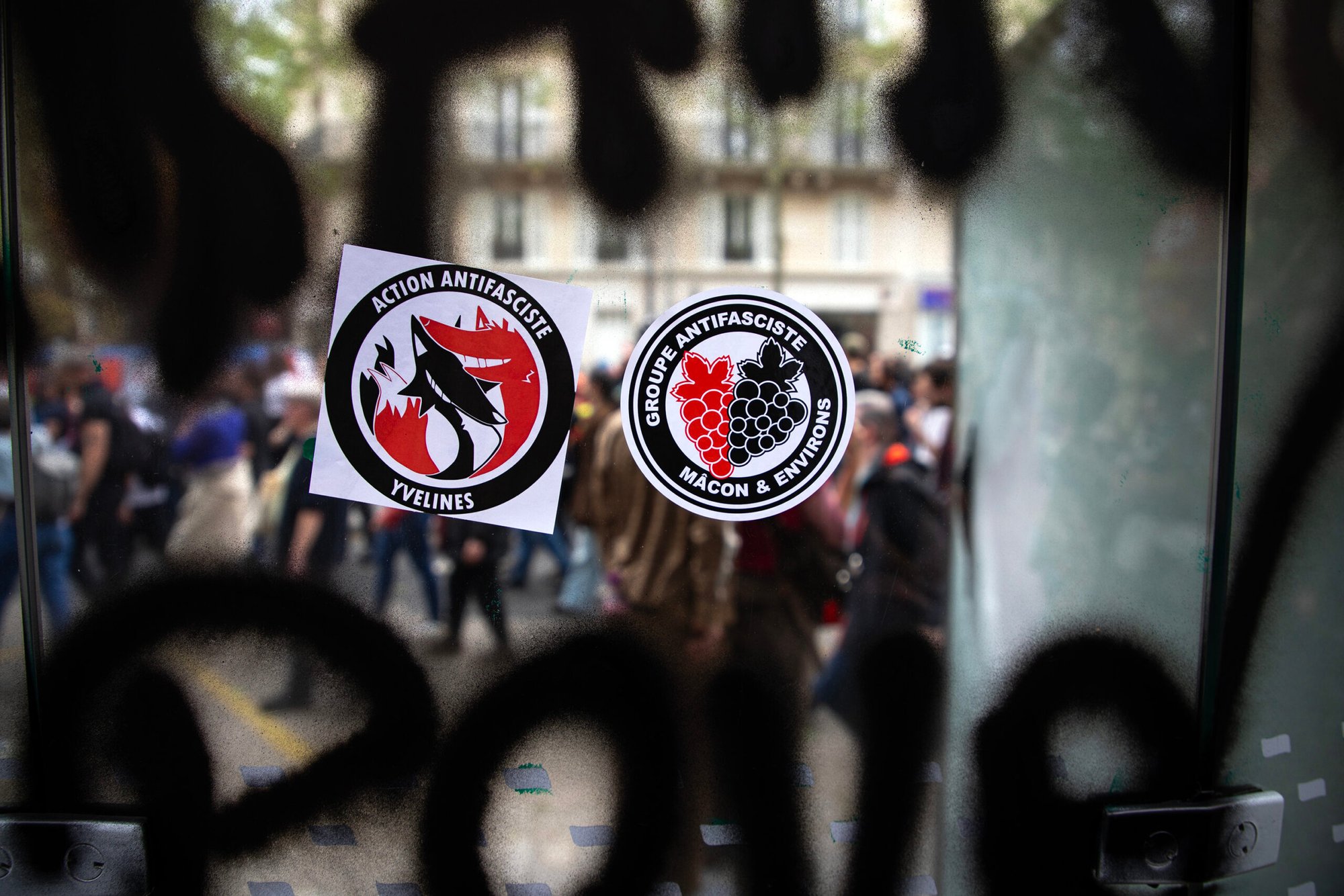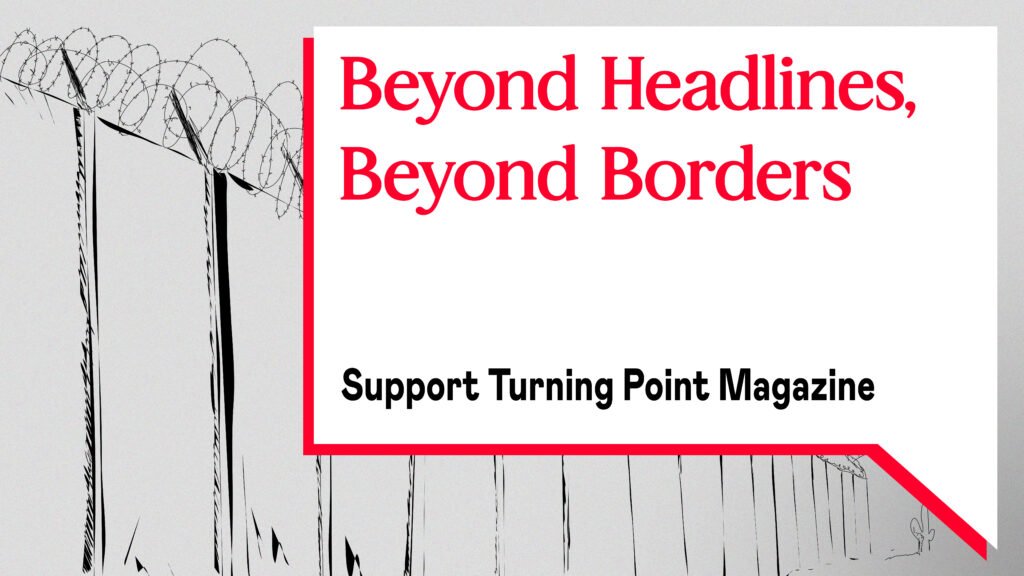Cover photo: ©Maryam Ashrafi
When Norwegian neo-Nazi terrorist Anders Behring Breivik carried out the Oslo and Utøya attacks on July 22, 2011, resulting in the death of 77 people, he expected his fellow “nationalist brothers and sisters” to immediately follow him.
It was a call to arms, after all.
The massacre itself was a twisted product launch for his sprawling 1,518-page manifesto. The tract is part operational—aiming to inspire and guide future terrorists—and part ideological. The contents of which are heavily plagiarized from a vast array of far-right sources, above all from the loose network of Islamophobic bloggers and websites that grew influential in the wake of 9/11, branding themselves as the “counter-jihad movement.”
The attacker’s main thesis is that so-called “cultural Marxists” have turned Western societies into oppressive “multiculturalist regimes” by infiltrating schools, institutions, and the media; destroying traditional Western values and dismantling European culture.
The terrorist believed that there were no peaceful options left to reverse the course: in his own words, “the democratic struggle achieves nothing.” Only an armed revolution could overthrow these regimes. To take back control of their countries, “cultural conservatives” like himself must get rid of the “traitors” that allowed the “sneak Islamization” of Europe.
Yet, in the attack’s immediate aftermath, the call to arms went largely unanswered. To the contrary, the European far-right actively rejected Breivik and his actions.
Siv Jensen, then leader of the Norwegian Progress Party—wherein Breivik had been an active member—railed against the “horrible and cowardly” attacks, which she deemed as a “national tragedy.” Other far-right leaders across Europe acted in the same way, decrying the terrorist as a “monster,” a “madman,” or a “mass murderer.”
Even Brevik’s primary source of ideological influence—the Norwegian Islamophobic blogger Peder “Fjordman” Jensen—vehemently condemned the attacks: “I don’t wish to be associated with Breivik and his horrible actions,” he said in an interview with the Norwegian daily newspaper VG. And continued: “He showed an extreme brutality that’s completely incomprehensible, and he must have believed he was part of a computer game where he was the superhero.”

While most of the organized far-right quickly distanced itself from the attacks, there were some notable exceptions in the broader right-wing milieu. Jacques Coutela, a member of France’s Front National party (now Rassemblement National), hailed Breivik in his blog as “the main defender of the West,” comparing him to Charles Martel, a seventh-century leader who successfully defeated the invading Muslim forces of the Umayyad Caliphate in the Battle of Poitiers.
An Italian MEP, Mario Borghezio of the Northern League (now League) party, told a radio station that “some of the ideas [Breivik] expressed are good, barring the violence. Some of them are great.” In the same interview, he also lauded the terrorist’s “opposition to Islam and his explicit accusation that Europe has surrendered before putting up a fight against its Islamicisation.”
Both Borghezio and Coutela were intensely criticized even inside their parties, and the latter was eventually suspended from the National Front. But underneath the outrage emerged an inescapable truth: Breivik’s ideas were not born out of thin air; they were deeply ingrained in modern far-right ideology, though few recognized or dared to admit it.
Those ideas are not marginal anymore. Back then, they were “considered on the margins of discourse,” according to Paul Greengrass, the British director of July 22, a movie that recounts and dramatizes the massacre and Breivik’s subsequent trial.
But today, cautioned Greengrass, “what [Breivik] said, that’s mainstream, that’s populist right-wing rhetoric. The intellectual framework is the same and it has moved into the mainstream.”
Four far-right waves
Over a decade later, signs of the radicalization of public discourse are all over the place.
The “Cultural Marxism” conspiracy theory, a centerpiece of Breivik’s patchwork ideology, has been increasingly mentioned by respectable right-wing politicians on both sides of the Atlantic. The same happened to the “Great Replacement,” a racist and antisemitic conspiracy theory that accuses “the Left” and/or “the élites” of diluting the “indigenous population” (meaning the “white race”) through immigration, which is now an integral part of right-wing propaganda. In Italy, Prime Minister Giorgia Meloni has repeatedly promoted the theory for years, earning the not-so-flattering title of “first Western European leader to espouse the great replacement theory.”
Far-right code words that were once stigmatized—like “remigration,” a euphemism for deportation—have now become part of the political lexicon in France and Germany. In January 2024, an investigative report by the German news outlet Correctiv discovered that high-ranking Alternative for Germany (AfD) politicians met with Identitarian activists, neo-Nazis, and sympathetic businessmen to discuss a “remigration plan”: the forced deportation of millions of people currently living in Germany, including “non-assimilated” German citizens.
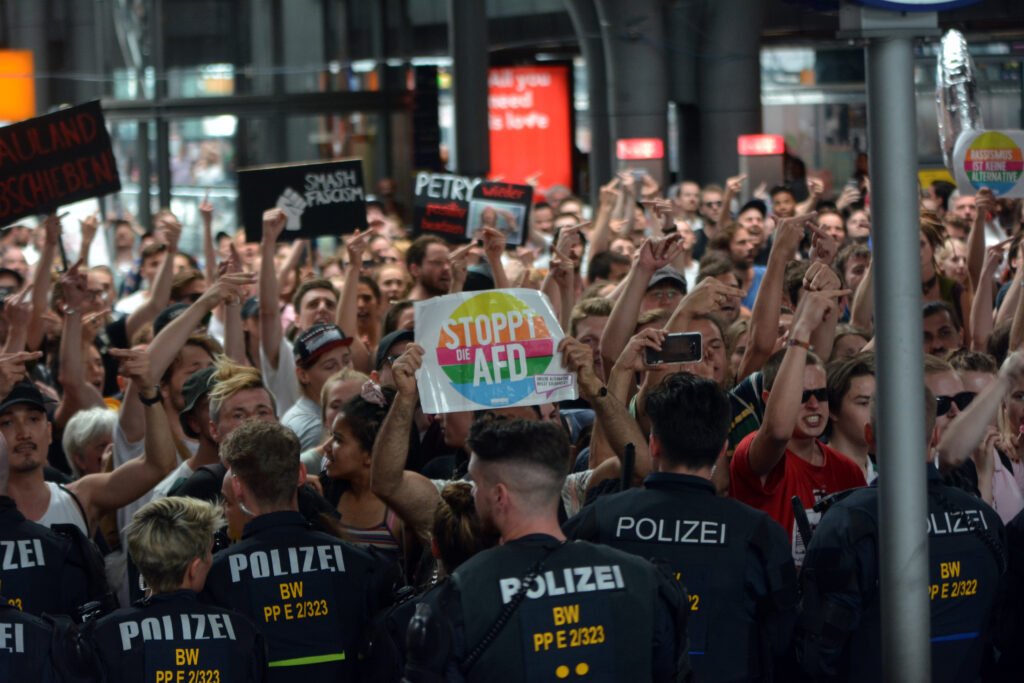
The masterplan even envisioned a final destination to “move people to”: a “model state” in North Africa. The concept, emphasized Correctiv, was “reminiscent of the Nazi’s 1940 plan to deport four million Jews to the island of Madagascar.”
All the while, right-wing leaders eerily echo Breivik’s talking points in their speeches. In 2022, Hungarian strongman Viktor Orbán said that “we [Hungarians] are not a mixed race … and we do not want to become a mixed race,” adding that countries where “Europeans” and “non-Europeans” mingle were “no longer nations.”
Speaking at the French far-right party Reconquest’s campaign launch in March 2024, politician and former MP Marion Maréchal painted a dire picture of Europe. Maréchal depicted a continent under siege by “many foreign powers and Islamist organizations profiting from anarchic immigration in their efforts at destabilization, subverting our youth, organizing something like a Fifth Column in our countries and recruiting deadly jihadist soldiers.”
These examples demonstrate, as the playwright Ian Allen wrote in The New York Times, that far-right rhetoric and policies are more and more imbued with “apocalyptic xenophobia, anti-Semitic conspiracies, racist fear-mongering”—the same tropes, it must be noted, that permeate Breivik’s manifesto.
The boundaries that once separated right-wing extremism from traditional conservatism are no longer there and they seem to be gone for good. This is a defining feature of the current “fourth wave” of far-right politics, as political scientist Cas Mudde calls it in his 2019 book The Far Right Today. And it is a wave that has been brewing and forming for a long time.
According to Mudde, the first wave started right after the Second World War and included “neo-fascist” and “neo-Nazis” organizations that had a direct link with totalitarian regimes. The second wave was made up of parties and movements that blended right-wing ideology with populism—like Poujadism in France or Qualunquismo in Italy.
The third wave saw the rise of new “populist radical right parties” that were able to make some electoral breakthroughs, despite their swift confinement to the political margins. The most striking case of the third wave is the Freedom Party of Austria (FPÖ). The party led by Jörg Haider—dubbed as a “yuppie fascist” by his critics—came second at the 1999 parliamentary elections with 26,9 percent of the vote.
The next year, the FPÖ entered a coalition with the conservative Austrian People’s Party (ÖVP), sparking mass protest in Austria and a diplomatic crisis across Europe. The European Union imposed sanctions, while European officials floated the idea of expelling the country from the bloc: “It’s too simplistic to say we must keep Austria in Europe at all costs,” argued the then Belgian foreign minister, Louis Michel, who continued, “Europe can very well do without Austria. We don’t need it.”
In hindsight, the “Haider affair” was not an anomaly or a one-off: it was a harbinger of the fourth wave to come.
Mainstreaming extremism, normalizing the unthinkable
Flash-forward to 2018, almost twenty years later—the FPÖ returns to power in another coalition government with the ÖVP, and it barely registered with the public: there was virtually no protest in Austria or the EU; no sanctions; no international outrage. Nothing at all.
It was simply normal—a new kind of normal, though.
If you take a look at the European electoral map, you cannot help but notice that the “cordon sanitaire”, which was designed to keep the far-right outside the halls of power, is shattered pretty much everywhere.
Radical right parties, writes Mudde, “have become mainstreamed and increasingly normalized.” Their ideas and policies are “openly debated in mainstream circles”. They are polling first in several countries—Austria, France, the Netherlands, Belgium, and Switzerland. Elsewhere the far-right is either the dominant party of the government coalition, like Brothers of Italy in Italy, or a crucial supporter of a right-wing coalition, like the Sweden Democrats.
But how did we get here?
Well, there is no single factor that explains a rightward shift of such magnitude, a shift that seemed unthinkable just a couple of years ago.
For starters, far-right parties skillfully exploited economic inequalities and social insecurities caused by several systemic crises wreaking havoc on the Eurozone: the debt crisis, the mid-2010s “refugee crisis,” the pandemic, the inflation, the energy crisis, and so on.
Then, as the political scientist Vicente Valentim argued in a recent interview with the Guardian, they were also able to exploit “the weakness and exhaustion of mainstream parties, their failure to tackle key problems, their implication in scandals.”
In a frantic attempt to outflank the far-right, traditional right-wing parties adopted far-right discourses and policies—especially on immigration, Islam, sexual and reproductive rights, urban crime, and climate. In some countries, these ideas were pushed into the mainstream by center-left parties, such as the Danish Social Democrats, which implemented one of the harshest and strictest asylum policies in the EU.
It was a terrible idea, of course: the more they tried to sell the copy, the more the people embraced the original. And this, in turn, produced an even more vicious circle. As Valentim succinctly puts it, the electoral success of the far-right “makes radical-right individuals more comfortable showing their views, and impels more politicians to join the radical right.”
But far-right parties would not be where they are now without the media. Journalists often take far-right provocations at face value, or even worse, they wittingly (and unwittingly) amplify their frames, terms, code words, and even dangerous conspiracy theories.
On the other hand, the media constantly underestimates and mischaracterizes the political movement and its supporters. Far-right voters are depicted as the eternally lower educated, “left behind”, white males, if not outright neo-Nazis skin-heads. These lazy and cheap stereotypes, said Mudde, are “miles away from the average far-right supporter today, who is, in almost all ways, the guy next door.”
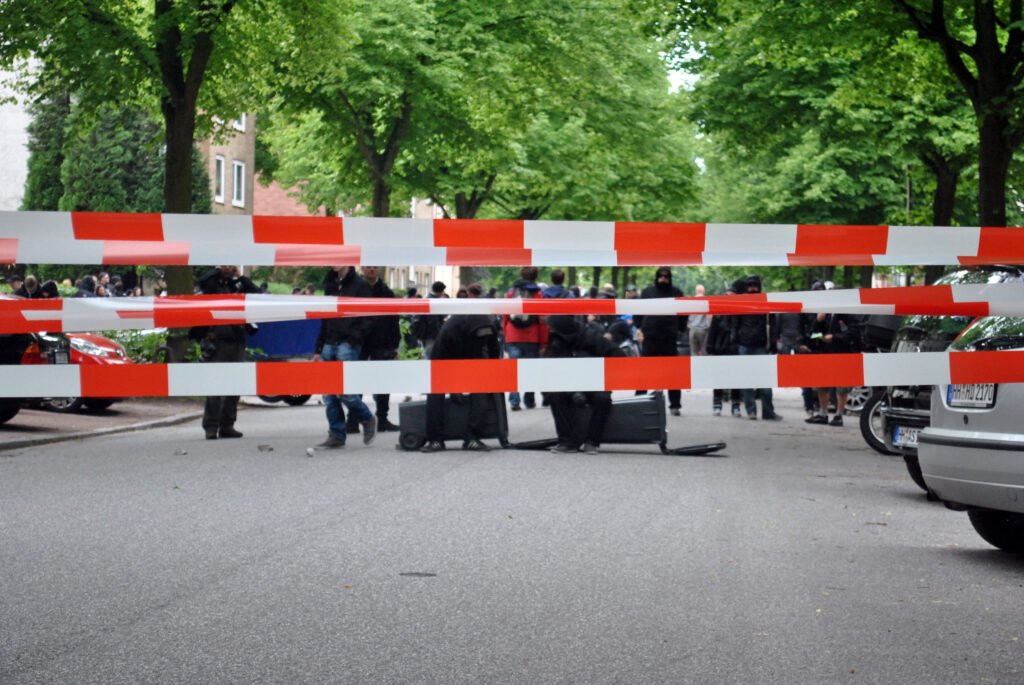
Defending the Garden
Moreover, far-right parties are either portrayed as small, underdog parties—which they are not—or as the new Blackshirts in disguise.
While some parties—like Giorgia Meloni’s Brothers of Italy—are proud of their “postfascist” roots, they do not want to restore a 1940s-style totalitarian regime or unleash goose-stepping paramilitary squads in the streets of Europe’s capitals.
The contemporary far-right does not look backward: they look forward.
And the future chillingly resembles today’s Hungary: “an incubator where the conservative policies of the future are being tested,” in Viktor Orbán’s words.
In a formal sense Hungary is a liberal democracy, that is not one anymore: it turned into what the European Parliament brands as an “electoral autocracy.” The media are nominally free, but they indeed are under the government’s tight grip. The rule of law is enshrined in the Constitution, but the judiciary power is de facto controlled by the executive. On the surface, the structure of the Hungarian economy resembles those of other EU member states; in reality, it has morphed into a form of “crony capitalism” run by Orban’s oligarchs. The prime minister himself is not a modern dictator—he is just a champion of “illiberal democracy.” Nor is he a raging racist or a rabid antisemite: he just wants to shield Hungary from the outside world—and George Soros.
This desire is widely shared by other far-right leaders: “They have accepted that the continent will no longer be a protagonist in the 21st century,” wrote historian Anton Jäger in a The New York Times op-ed, who observes, “the best one can hope for is protection from the hordes … the aim of Europe’s supposed saviors is not to conquer Africa but simply to keep its inhabitants south of the Mediterranean.”
The “Great Replacement” conspiracy theory is so widespread nowadays because it fits perfectly into a siege mentality. A mentality that is not only prevalent among the far-right but alarmingly common among the upper echelons of liberal Europe too.
In 2022, the EU High Representative for Foreign Affairs Joseph Borrell infamously compared Europe to a “garden” menaced by the surrounding “jungle”—the rest of the world—that could very well “invade the garden” at any given moment.
“The gardeners,” he added, “should take care of it.”
Some “gardeners” are taking care of it through migrant detention centers, a code of conduct for hampering search-and-rescue operations in the Central Mediterranean, floating barges, and “remigration” plans. Others, like Ander Behring Breivik and his emulators, prefer guns, terror, and blood-soaked manifestos.
But even if they are convinced to do so, these “gardeners” are not actually protecting the “garden.” It is quite the opposite—they are destroying it from within.
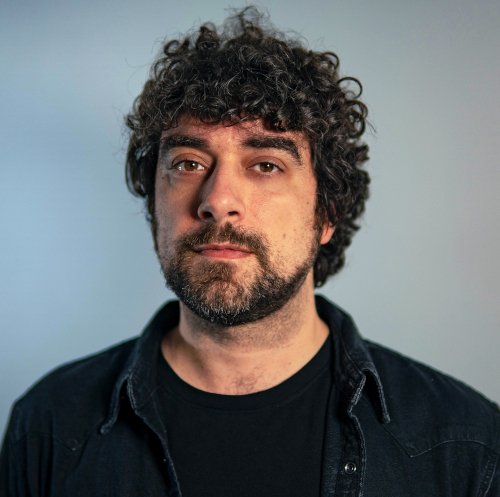
Leonardo Bianchi
Leonardo Bianchi is a journalist and writer. He is a regular contributor to several Italian media outlets, such as Facta, Internazionale and Valigia Blu. He is the author of Complotti!, a newsletter focused on conspiracy theories. His latest book is Le prime gocce della tempesta. Miti, armi e terrore dell’estrema destra globale (Solferino, 2024).
